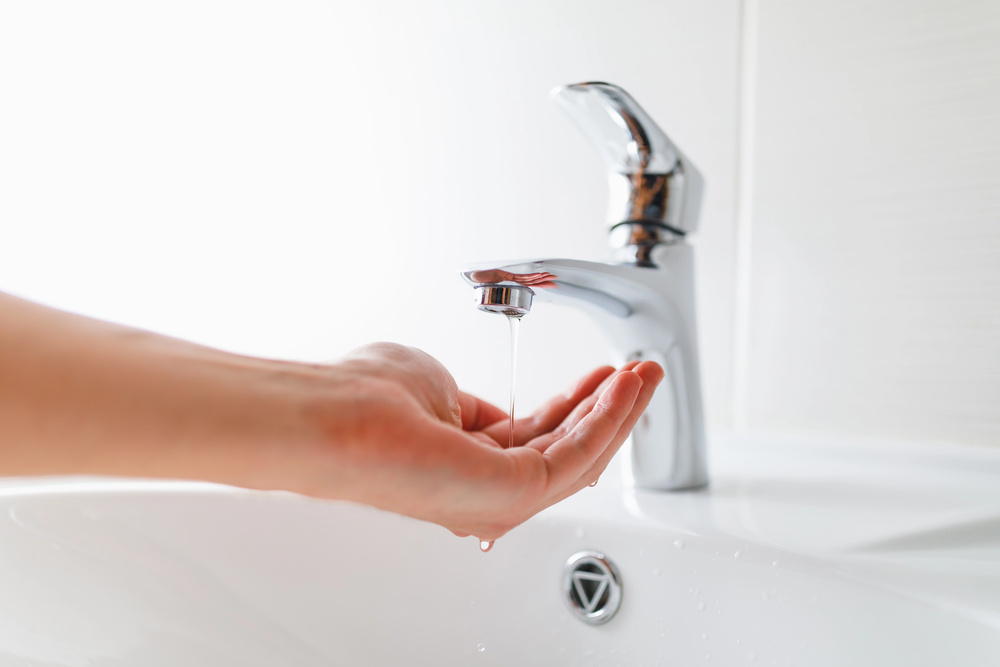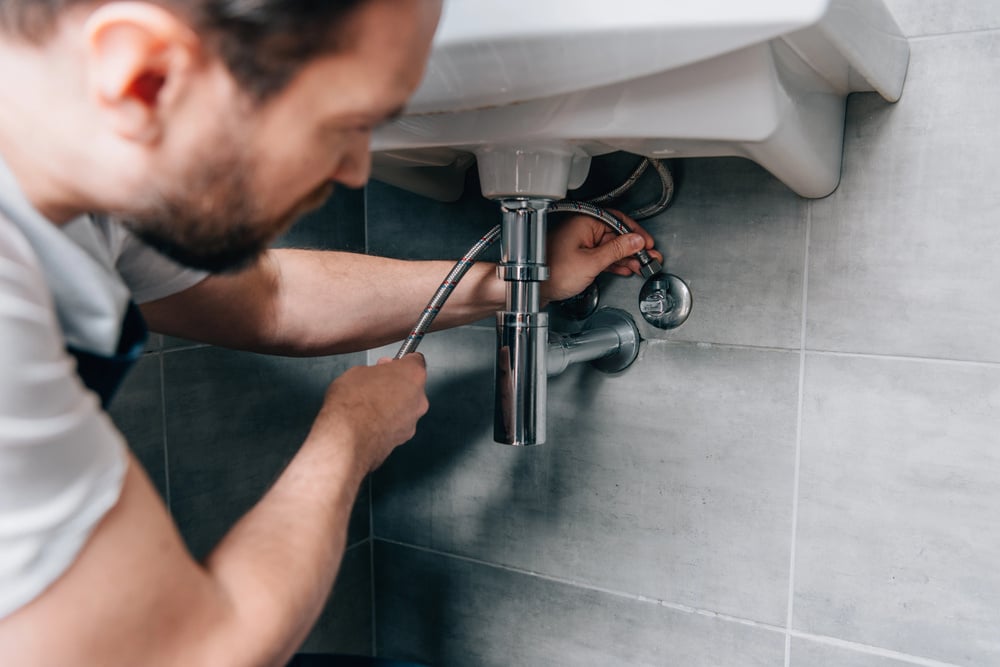Why Your Water Pressure Is Low (And What You Can Do About It)
Experiencing low water pressure at home? Learn the common causes and effective solutions to restore strong, steady water flow.

Turning on the tap only to get a weak trickle of water is frustrating. Low water pressure can affect everything from your morning shower to washing dishes and watering the garden. But what causes it, and how can you fix it? Here’s everything homeowners need to know about low water pressure and the best ways to restore proper flow.
Common Causes of Low Water Pressure
1. Issues with Your Main Water Supply
If your entire neighbourhood is experiencing low water pressure, the issue might not be within your home. It could be a problem with the local water supply, especially during peak usage times.
2. Pressure Limiting Valve (PLV) or Pressure Reduction Valve (PRV)
Many homes have a PLV or PRV near the water meter or main supply pipe to regulate water pressure. These valves can wear out over time, reducing water flow. If your home is more than five years old, checking and replacing this valve might solve your issue.
3. Clogged Pipes or Water-Saving Devices
Sediment build-up in pipes or blockages in shower heads and taps can significantly reduce water pressure. Some taps and shower heads also have built-in flow restrictors that may be clogged.

4. Pipe Size and Layout
Older homes or multi-storey buildings often have pipes that are too narrow to provide adequate water pressure, especially when multiple taps are running.
5. Leaks in Your Plumbing System
Undetected leaks can divert water away from where it’s needed, reducing pressure. Check your water metre by turning off all taps and appliances and seeing if the metre continues to move.
6. Shared Water Supply in Apartment Blocks
If you live in a unit complex, your water supply may be shared with multiple residences. If your neighbours are using water at the same time, it can significantly impact your pressure.
7. Elevation and Gravity Issues
Homes on hills or with second-storey bathrooms often suffer from reduced pressure due to gravity. Water pressure naturally decreases the higher up it needs to travel.
How to Fix Low Water Pressure
Check for Leaks
Turn off all taps and appliances and check your water meter. If the meter is still moving, you may have a leak that needs urgent attention.
Inspect Your Pressure Valve
Locate your PLV or PRV and see if it’s adjustable. If not, or if it’s old, a plumber can replace it with a new one to restore proper flow.
Clean or Replace Shower Heads and Taps
Remove shower heads and tap aerators to check for blockages. Soaking them in a cleaning solution can dissolve mineral build-up and improve flow.
Upgrade Your Plumbing Pipes
If your pipes are too narrow or old, upgrading to wider pipes can make a significant difference. This is especially important in older homes.

Install a Water Pressure Booster Pump
If you live on a hill or in an area with consistently low pressure, a booster pump can help maintain strong water flow throughout your home.
Check with Your Water Supplier
If the issue is widespread in your area, your water supplier may be able to adjust the mains pressure or suggest alternative solutions.
When to Call a Plumber
While some issues can be identified on your own, fixing low water pressure often requires a professional touch. If you’re unsure where the problem lies, a licensed plumber can diagnose the issue and recommend the best solution.
Don’t put up with frustratingly weak water pressure—get a professional to assess your system today. Find a reliable plumber on ServiceSeeking.com.au and restore strong, steady water flow in your home.
